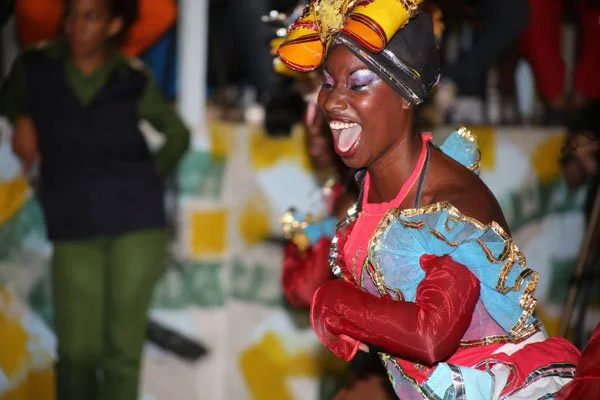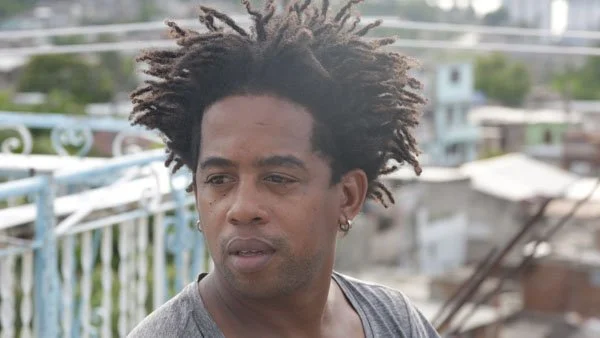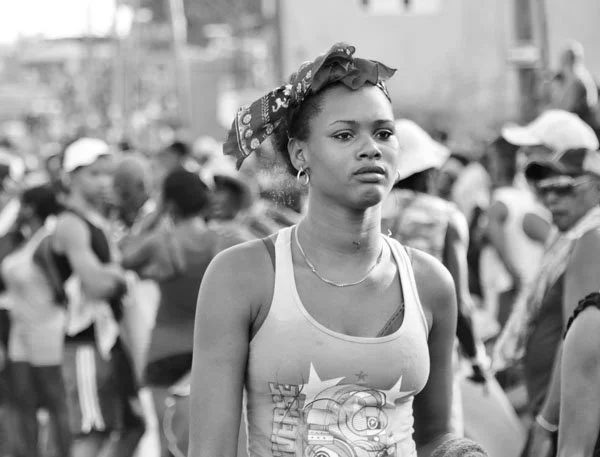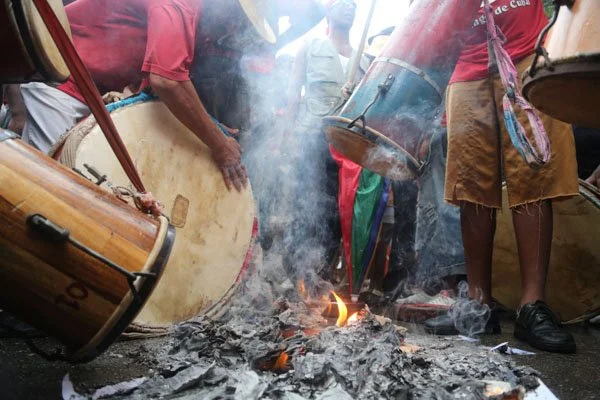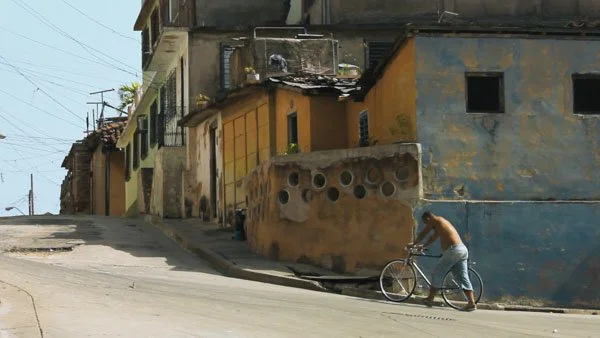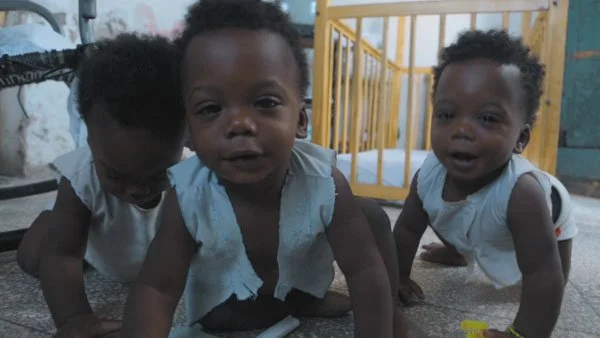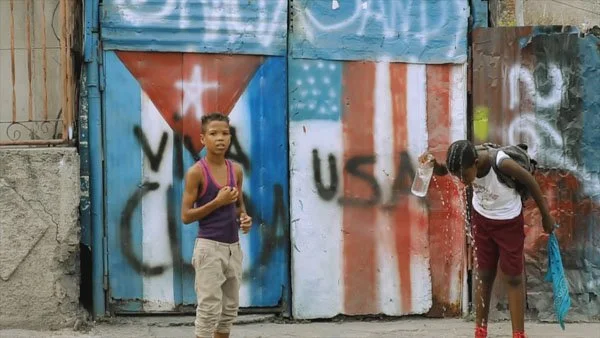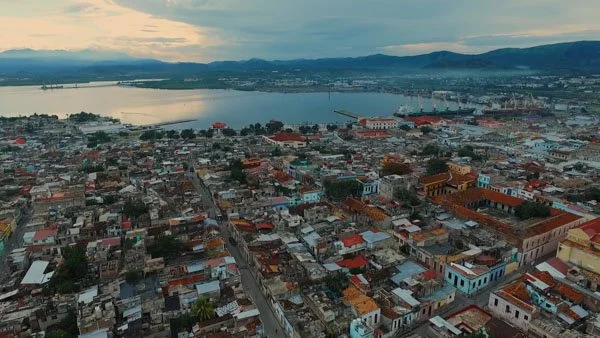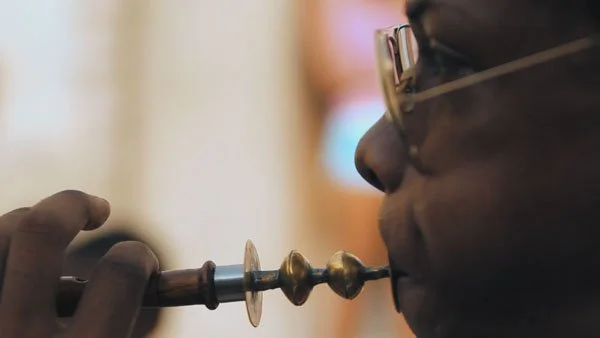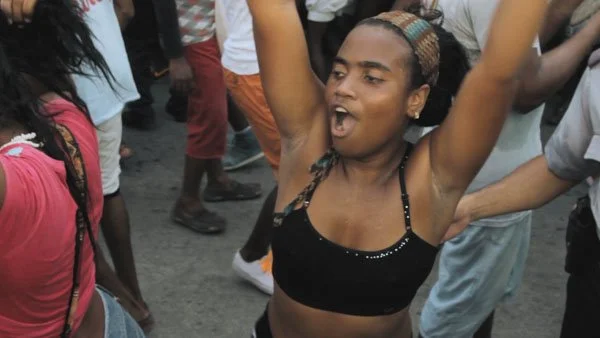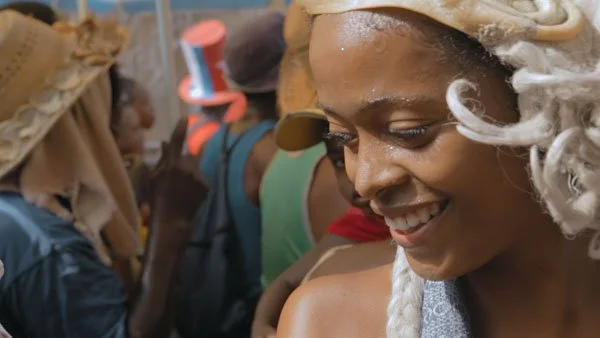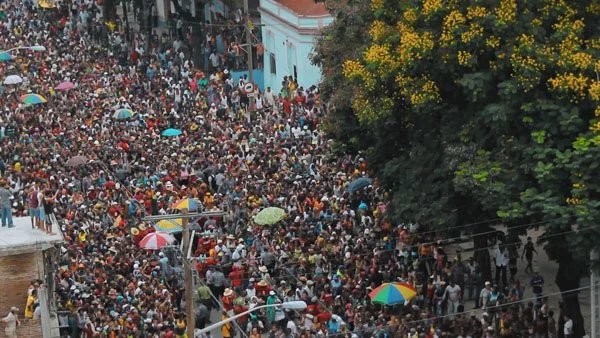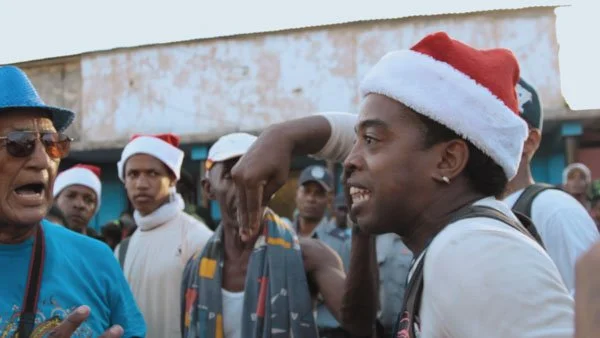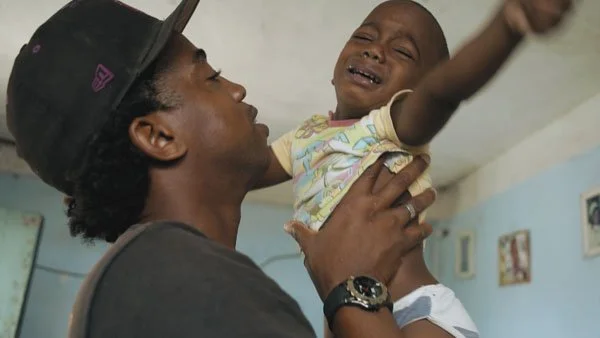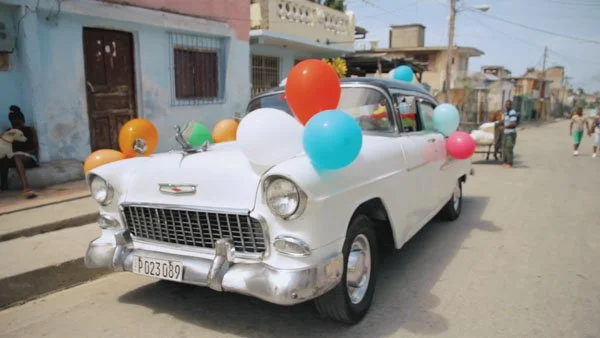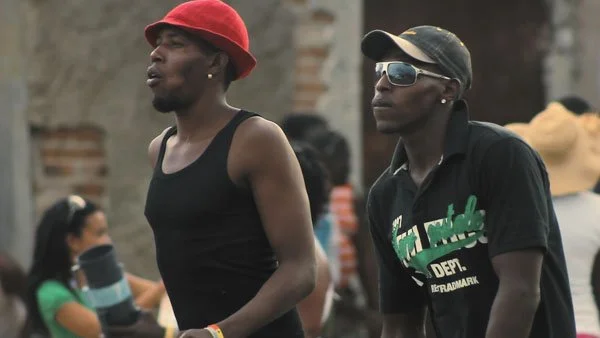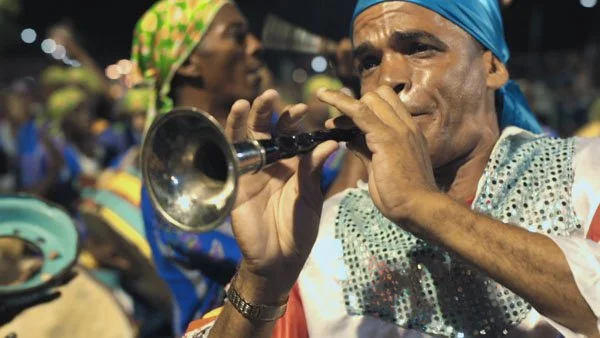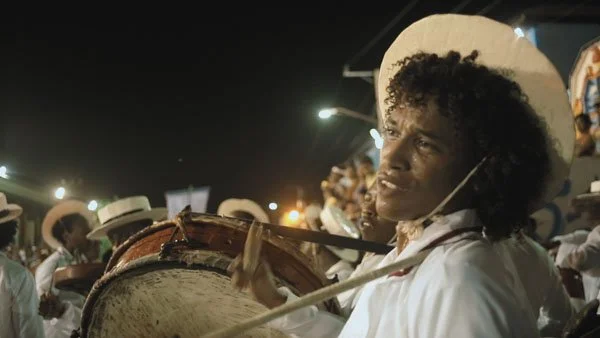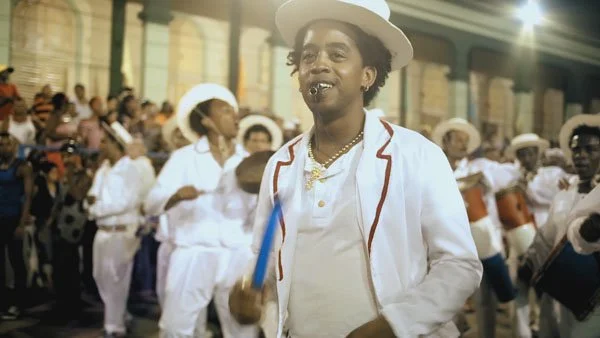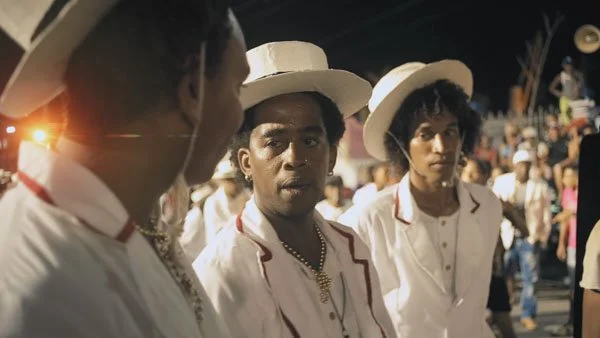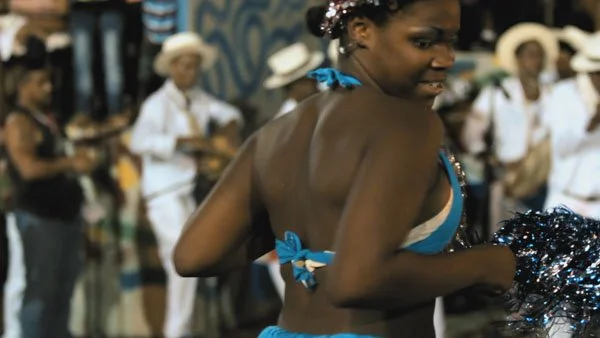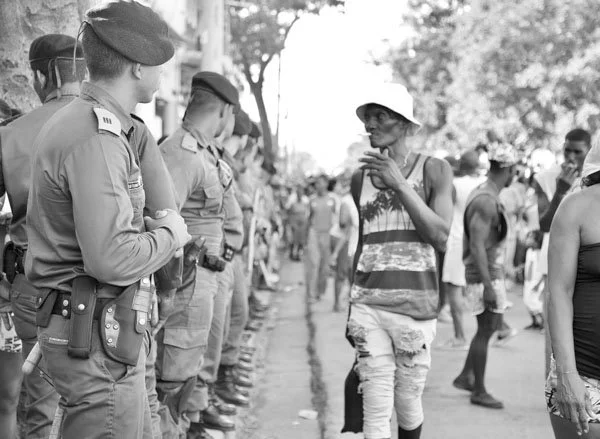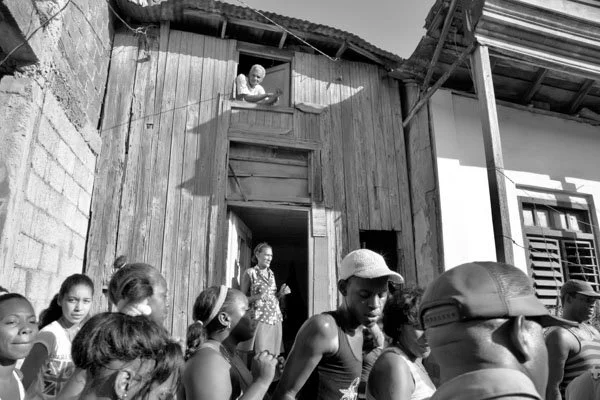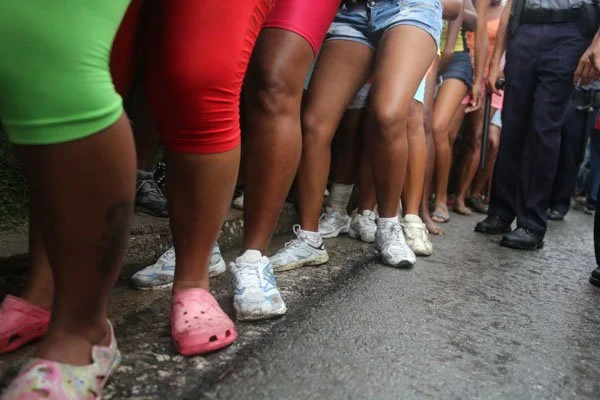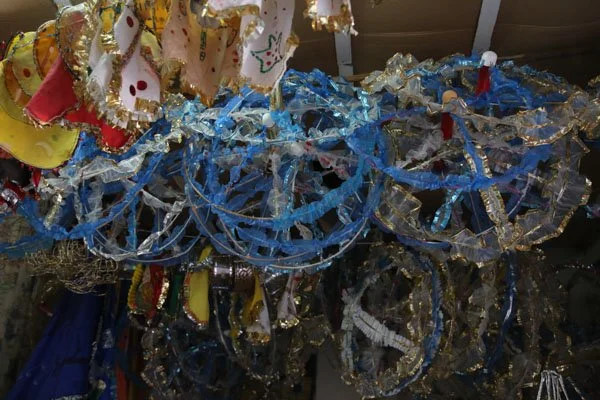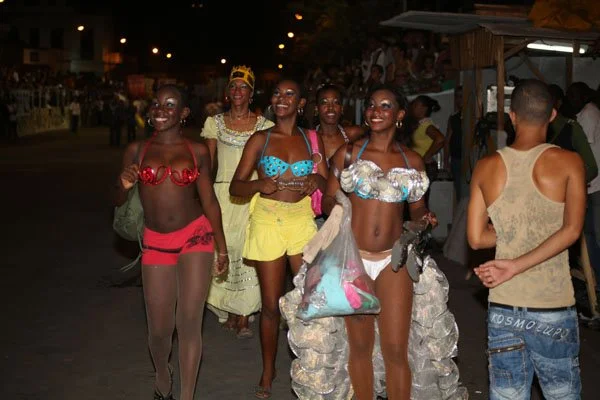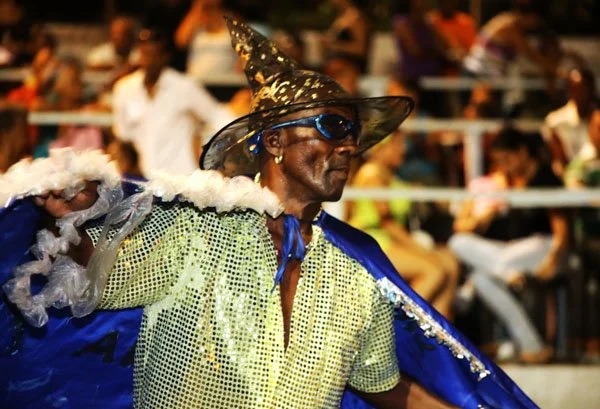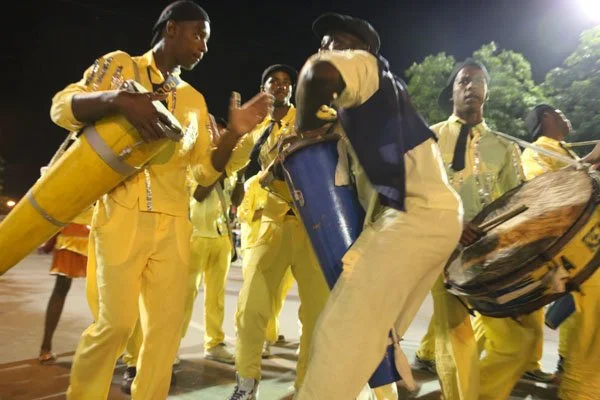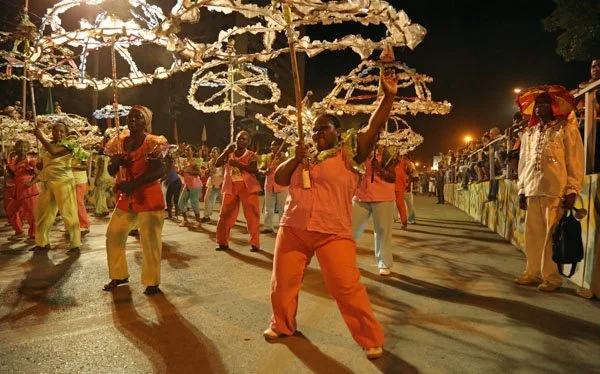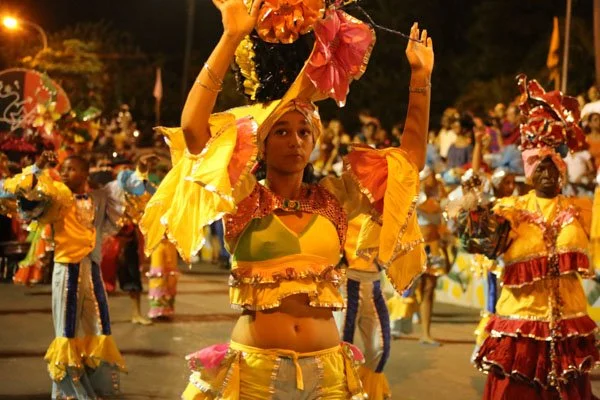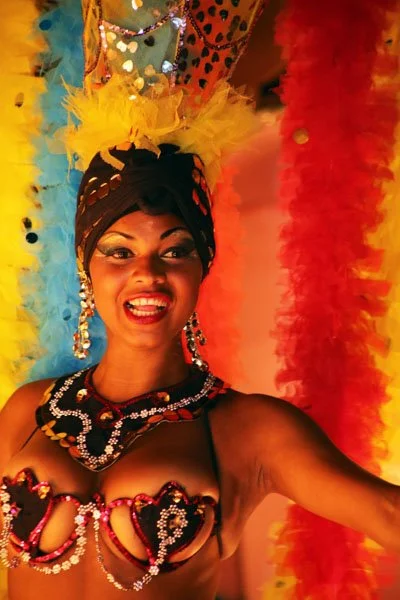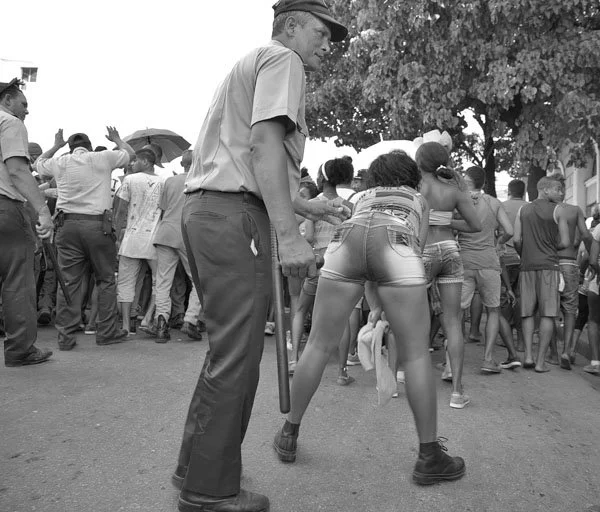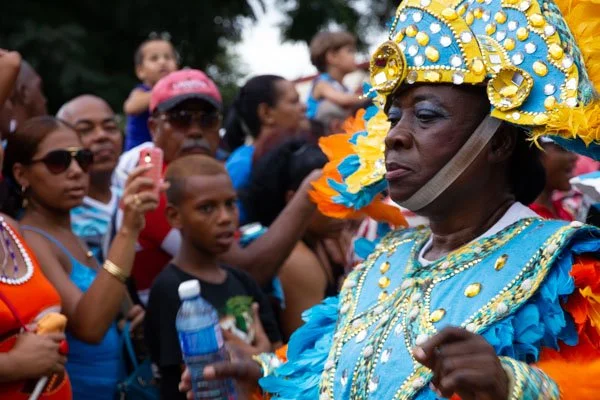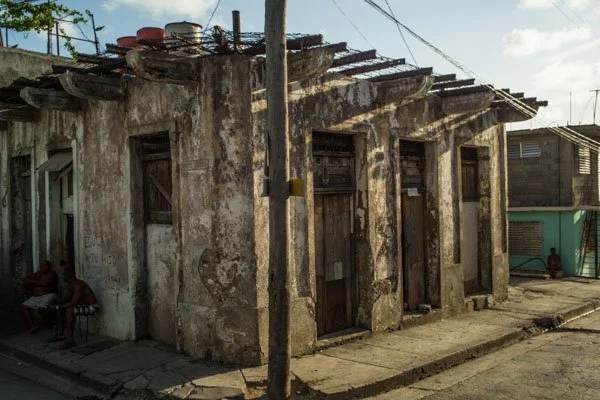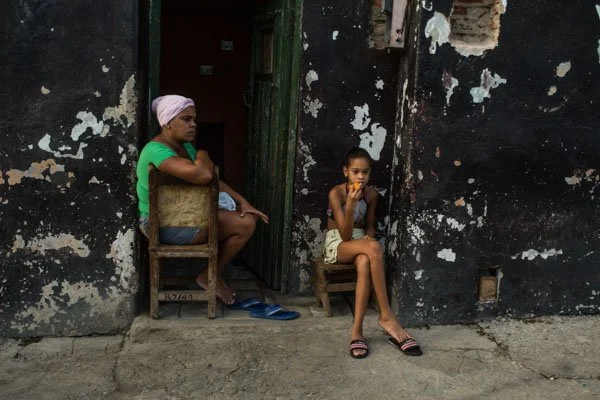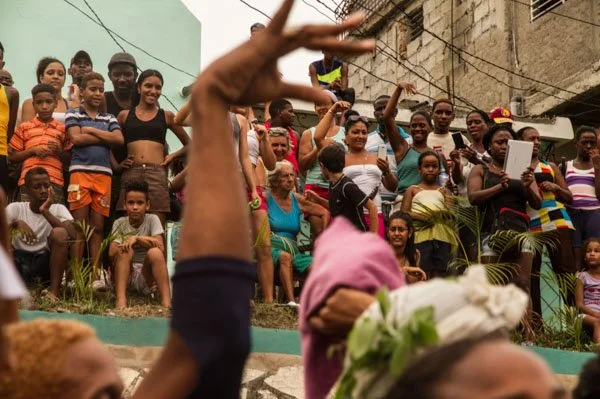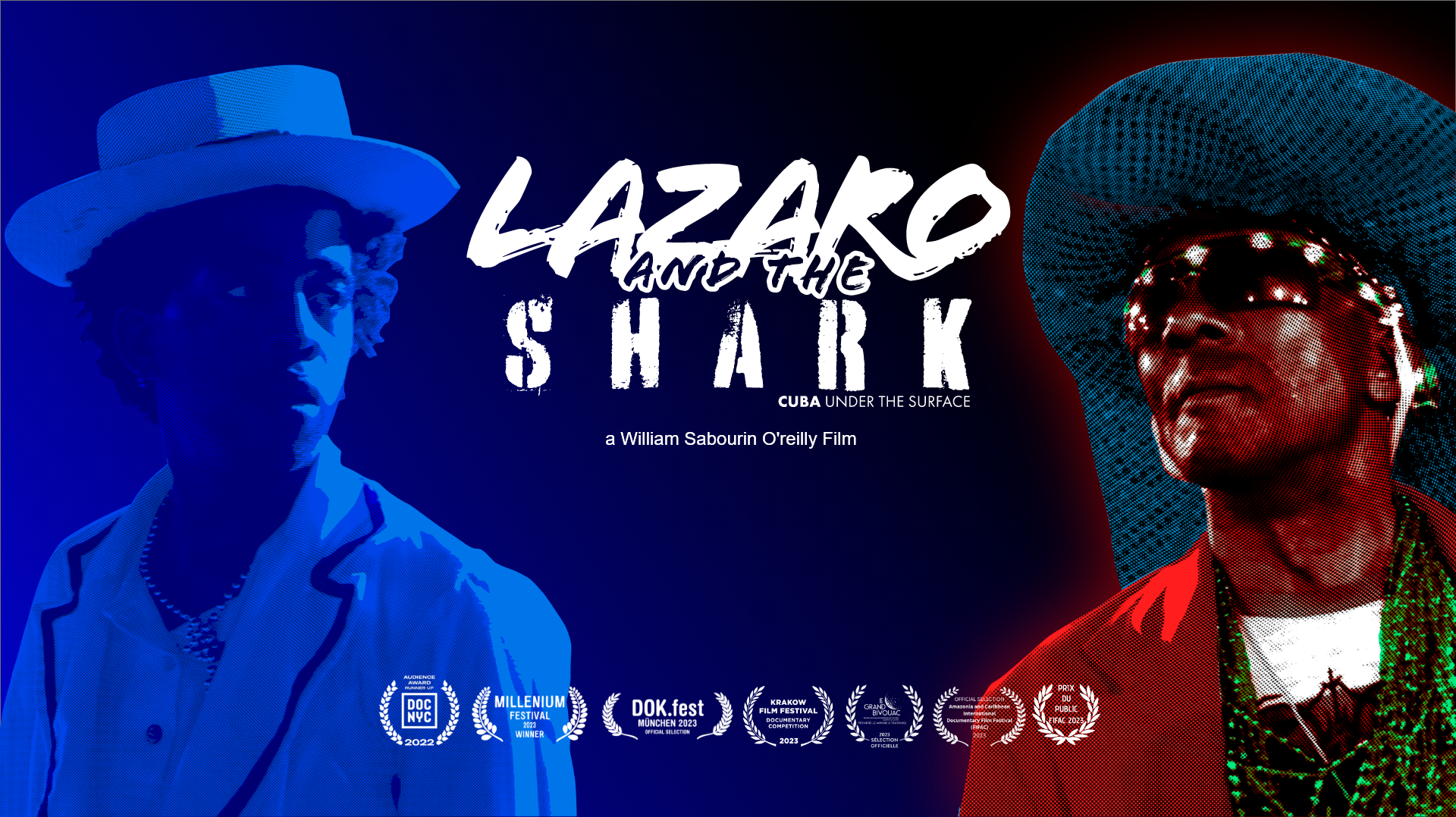

The story delves into lives guided by sacrifice and devotion, in conditions of extreme scarcity, government control and restrictions.

WATCH TRAILER


SYNOPSIS
LAZARO AND THE SHARK: Cuba under the surface, brings us behind-the-scenes of the infamous rivalry of the conga groups of Santiago de Cuba. As the competition approaches, we are immersed in the center of the fight for the future of Cuba.
Lázaro, the leader of the Conga de Los Hoyos, is determined to win the coveted award bestowed to the neighborhood that presents the most spectacular conga. Like leaders of rival congas, Lázaro must join with his neighbors and scour the strictly rationed marketplace to find the necessary materials to create a show stopping performance. Director William Sabourin O'Reilly, an Afrocuban native to Havana, offers a rare window into communist Cuba, a country that is often romanticized, and almost always portrayed through the eyes of an outsider.
Sabourin seamlessly weaves wrenching moments of senseless police violence with intimate scenes of distant lovers aching to reunite. As the competition approaches, we see much more than Lazaro’s desire to win a local honor. We are immersed in the question that lies in the center of the fight for the future of Cuba: to continue to live in the legacy of a revolution that has left its people in a constant struggle of poverty, or embrace a more dangerous, vital vision of living in freedom?
Be the first to know when the film is playing near you!
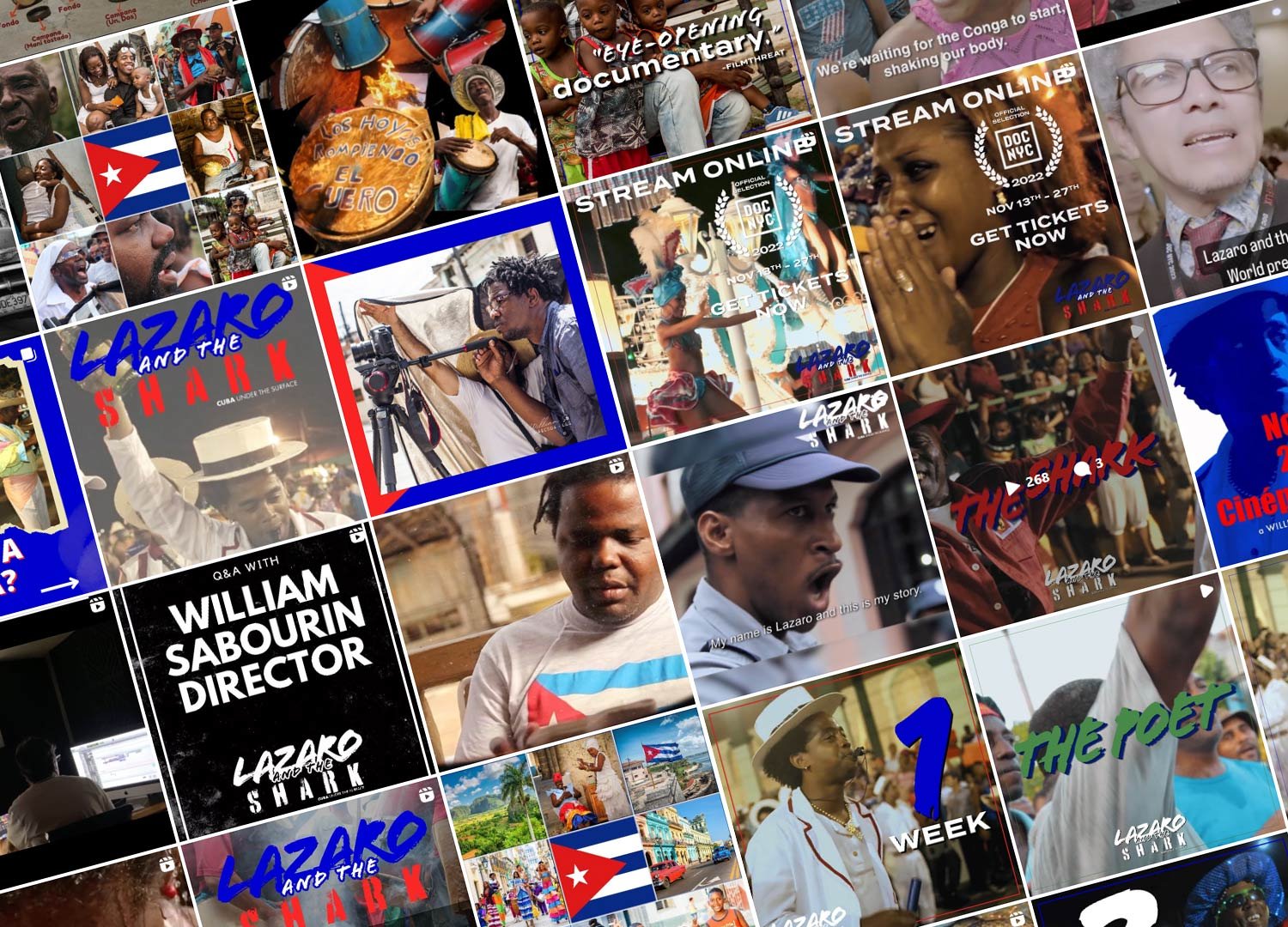
MAKING OF
“Lazaro and the Shark”

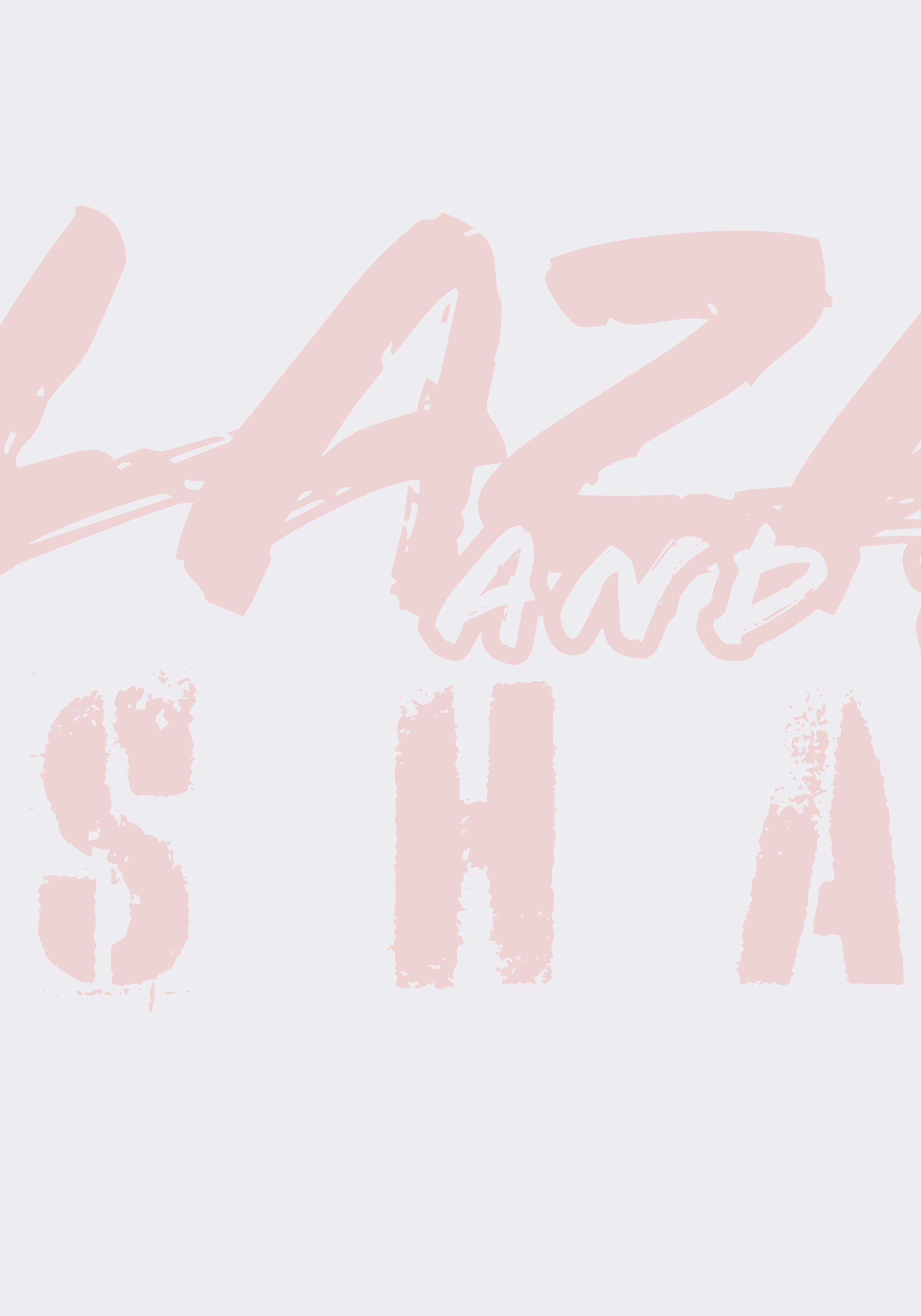
CHARACTERS
L A Z A R O
Community Leader and Director of Conga Los Hoyos.
Lázaro inherited Conga Los Hoyos leadership from his father, who had sunk the group into disgrace. This is not his only challenge; recently the government sent his wife to serve as a doctor in Venezuela for three years, leaving Lazaro to raise his triplets toddlers on his own. Lazaro's dream of winning the Carnival competition has been an uphill battle for years.
“WHEN THE CARNIVAL IS OVER, IT'S AS IF OUR SOUL LEAVES OUR BODIES…ESPECIALLY WHEN YOU LOSE” Lázaro
T H E S H A R K (Tiburón)
Leader of Conga San Agustin.
The chauvinistic and ambitious leader of Conga San Agustin, Lazaro's biggest rival, is a proud Communist and a rabid competitor. He represents the old guard, a generation stuck in the past. Tiburon is willing to do whatever it takes to keep winning the Carnival competition.
“THANKS TO THE COMMUNIST PARTY AND THE REVOLUTION, I WILL BE THE DIRECTOR UNTIL I DIE” The Shark
T H E P O E T
Poet, songwriter and hustler.
The poet writes poems that he chants at the congas street parades. Translating people's reality into witty provocative lines, he calls out the government for its inefficiencies and lies. The poet finds himself forced to choose between exile and seeing his daughter grow up.
"I DON'T SING FOR THE SAKE OF SINGING, I SING SO THAT I DON'T HAVE TO WEEP" The Poet

OUTTAKES
“A storyteller’s essential trait is to have the balls to kill his/her darlings, but the thought of becoming a Saturn in the process, used to scare the shit out of me. The trust in the audience is what ultimately gave me peace of mind.”
- William Sabourin O’Reilly
Following is a selection of clips that ended up on the cutting-room floor, the description and the reasoning for the decision of leaving them out.
LAZARO
-
Lazaro is in his workshop about to start working on his Carnival stuff, while he tells us about his daily challenges.
For the protagonist to have a Salsa group as well as a Conga group, we felt it would complicate the story. Two different groups he’d have to share his time with, the going back and forth could be confusing, unnecessary and really difficult to justify.
-
The Poet is on his vegetable table and Lazaro shows up looking for some fruits to make juice for his boys. Both have a nice conversation about parenthood.
In this case the decision was really difficult, because it was a well shot verite scene, a charming interaction between the two characters. I thought it was a shoo in from the get go, but when putting the story together, it just wouldn't work. By the time it would be the turn for this scene, it would be too late for other plots of the story.
-
Description text goes here
-
Lazaro goes to the grocery store to get chicken for his children.
We tried really hard to put this scene in the film, it was short and sweet, offering a glimpse into a Cuban market. Fortunately we had a similar scene coming later in the story which was much more meaningful.
TIBURÓN - THE SHARK
-
Tiburon gathers his crew together to go to a gig. In his typical way, he makes sure everyone knows who the boss is.
My editor Halil Efrat and I, tried until the last second to make this one work as the intro. We just thought the one we ended up with, was a much better one. It just had more elements of the story to be revealed later.
-
Tiburon explains how the Cuban government uses the Conga traditions to galvanize the communities for political rallies. In this specific scene we witness a May Day parade.
This one was a good example of redundancy. All the themes covered in this short scene had been covered in other parts of the story.
-
This is a very short scene in which Tiburon brags about the good physical shape he is in and that's why he can hang with the youngsters.
We simply felt this scene would distract from the main story. The story needed to keep moving forward and this one just would slow down the pace.
POETA
-
The Poet introduces himself and his muse.
The decision was a little easier here. The Poet had a bold head on the scene we picked, thus rendering unusable all the dread-lock scenes we had. It just wasn't realistic for his hair to grow that long during the time frame the story takes place.
-
A very good archival scene filmed 20 years ago! The Poet and Lazaro sing one of the Poet’s witty chants.
If we were to shove this one in, It would have felt forced for sure. It was still worth the shot. Watch it and have fun!
-
A clip that went viral around the world in February 2022, doesn’t need much description.
Like every scene we have of the Poet where he’s wearing dreads, we really had to kill this one. The decision was about not violating the basic principle of continuity, the jump from bold head to dreads was impossible to justify in the timeframe of the story.
TENTEN
-
Tenten talks about the changing of the guard in Conga de Los Hoyos. In the process he reveals a couple of “secrets”
Tenten was such a fascinating character, unfortunately his story line wouldn't fit in the overall story.
-
A very touching scene in which we find out how close Tenten and his wife are.
Tenten was such a fascinating character, unfortunately his story line wouldn't fit in the overall story.
-
Everything with Tenten was dramatic. This is another nice scene in which Lazaro and Tenten interact.
Tenten was such a fascinating character, unfortunately his story line wouldn't fit in the overall story.
TATA
-
This is a very short clip in which Tata is putting his muse to work or vice versa.
Similar to Tenten, Tata story would have made the overall story even more complex and longer. In the challenging task of making this story a universal one, we had to cut his part entirely.
This one hurt!
-
Tenten and Tata, both in their late 70’s, are shown here watching the new generation carry on the traditions.
This is a very short sequence we thought about using as part of the resolution.
With both characters no longer in the film…we’re very happy we still found a place to share this.
-
Tata gets out early in the morning to run errands and talk about his obsession.
Similar to Tenten, Tata story would make the overall story even more complex and longer. In the challenging task of making this story a universal one, we head to entirely cut his part.

GALLERY
This story finally takes us out of Havana and brings us to life in Santiago, the cradle of Caribbean culture on the island.
DIRECTOR STATEMENT
Cuba, my native country, is at a crossroads, where it has remained for years. After six decades of Communist rule, it has become quite clear that the island nation has sunk into a perpetual economic downturn resulting in poverty and political crisis. The concepts of freedom and democracy are non-existent to generations of Cubans. This reality becomes particularly heartbreaking when one bears witness to the energy, passion, and joy of the Cuban people, displayed intermittently as they experience a life of scarcity and vicissitudes.
Lazaro and The Shark tells a story about life in contemporary Cuba, marked by generational conflicts and the suspense of a competition. This film is a declaration of love to my country, my people, and my culture. The music and dancing featured throughout the film emphasizes the undeniable presence and importance of the Afro-Cuban legacy on the Eastern part of the island. The evolution of these festivities, the Conga groups, and the competition between them is both provocative and entertaining.
Stripped of the exotic gaze of an outsider, the film is full of compelling stories that peer into the daily lives of Cubans, and their valiant attempts to maintain traditions under extraordinary circumstances. My visceral desire to preserve this socio-cultural memory served as the initial trigger to begin this project over ten years ago.
The story finally takes us out of Havana and brings the audience to life in Santiago, thus allowing them to fathom the real racial, cultural, and social diversity of this fascinating country. These Cuban street parades are saturated with so much drama, love, pain, powerful music and ecstatic joy, as entire communities struggle to express themselves while facing harsh police brutality and repression.
This intense reality forms the genesis from which our characters emerge, poised with vigilance. These characters guide the audience in unraveling the complex fabric of Cuban society. Lazaro and The Shark illuminates the realities of the Cuban people through a combination of drama, color, sound and motion, recreating the magic of that colorful world.
It is my hope to challenge the audience with a question that lies in the center of the fight for Cuba’s future. Will the nation continue to live in the legacy of a Revolution that has abandoned its people within the plight of constant poverty, or will Cuba embrace a more dangerous and vital vision of living in freedom?
William Sabourin O’Reilly, Director

CREDITS
-
William Sabourin O´Reilly
-
Bryan Bailey
-
Tomas Montoya Gonzalez
-
Bhagavan Ishaya
Antonia Zennaro
-
Halil Efrat
-
Daniel Diez
Carlos Larrondo
-
Halil Efrat
Christy Hebert
-
William Sabourin O’Reilly
-
Yalecsa Montalvo O’Reilly
-
Antonia Zennaro
-
Amos Efrat
-
Marcelo Martin
-
Bradley Greer
-
Alexey Marti
Jose Maria Vitier
Willy Keys
La Crema
-
Osmany Olivare
-
Larry Blake
-
Topaz Adizes
Jimmy Ferguson
Carlos Larrondo
Federico Rosenzvit
-
Peter Broderick
-
Item deBhagavan Ishaya
Rovier Mesa Rodriguez
Tomás Montoya González
Alexis Sabourin O’Reilly
William Sabourin O’Reilly
José Ovi Jiménez
Oscar Alfonso Ruiz Hernandez
Antonia Zennaro
-
Iván Salas Batista
Damian Busqueta
Nelson Eubanks
Bhagavan Ishaya
Tomás Montoya Rodriguez
Antonia Zennaro
-
Tomás Montoya González
Christopher Porche West
Antonia Zennaro
-
Misael Lopez Rodriguez
Rovier Mesa
-
Misha Kachkachishvilli (Esplanade Studios)
-
Rene Avich - tres guitar
Amaury Perez Rodriguez - trombone
-
Movies for Festivals - Johanna Tonini
-
Maikel Mirabal (Kromatique Studio LLC)
-
Lazaro Bandera Malet
Raul Lopez Martinez - The Shark
Rubestier Porte Carrion - The Poet
Antonio Hung Vidal - Ñico
Ruben, Lazaro and Yankiel - The Triplet
Yuznelvis Danger Perez - Lazaro’s Wife
Rafaela Perez Patay- The Triplet’s Grandma
Imirsy Mustelier Pérez- The Poet’s Wife
-
“Salt and Pepper” - Alexey Marti
“Confesión” - Alexey Amrti
“Conga con Moña" - Willy Keys
"Que le den Candela”- Septeto Santiaguino
“Tata” - Jose Maria Vitier
"Trova Tenten” - Jose Maria Vitier
“Llego señores” - Alexey Marti
“El Poeta” - Alexey Marti
“La Oruga” - Jose Maria Vitier
“Closing Main” - Jose Maria Vitier
“Tiburon” - La Crema

PRESS KIT
If any asset is required and is not in our library, just email to us at: hi@tugnstenmonkey.com
Are you in need of the lattets assets related with the film? You can download these and others from here. Just click the “Download here” button.

Contact us.
hi@tugnstenmonkey.com
For festivals inquiries please:
info@moviesforfestivals.com
























